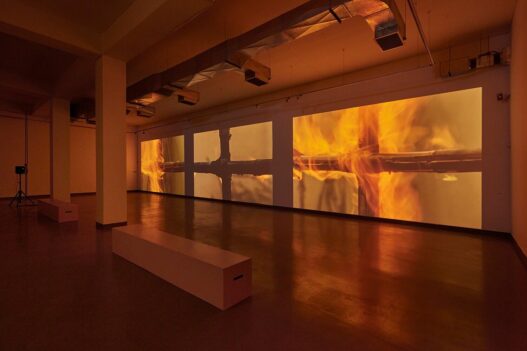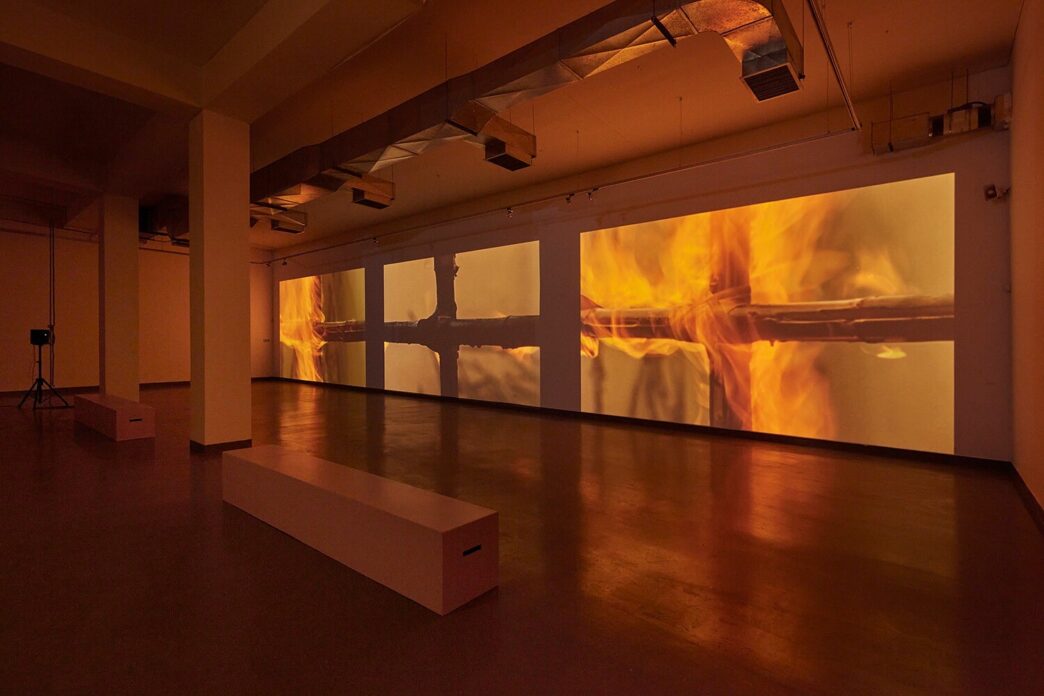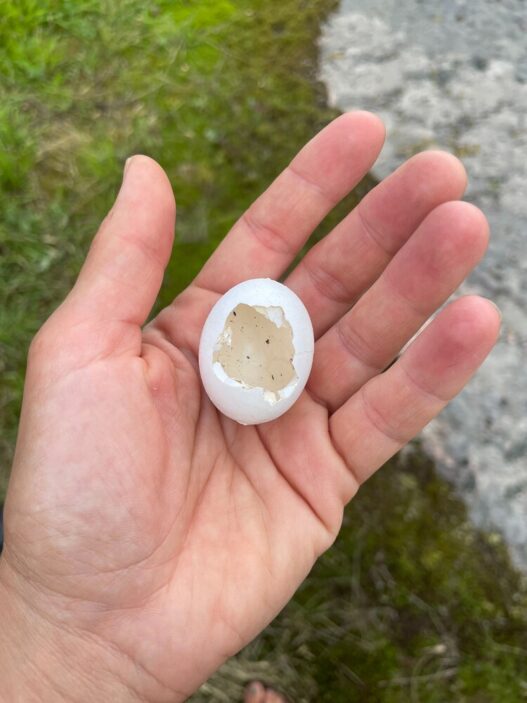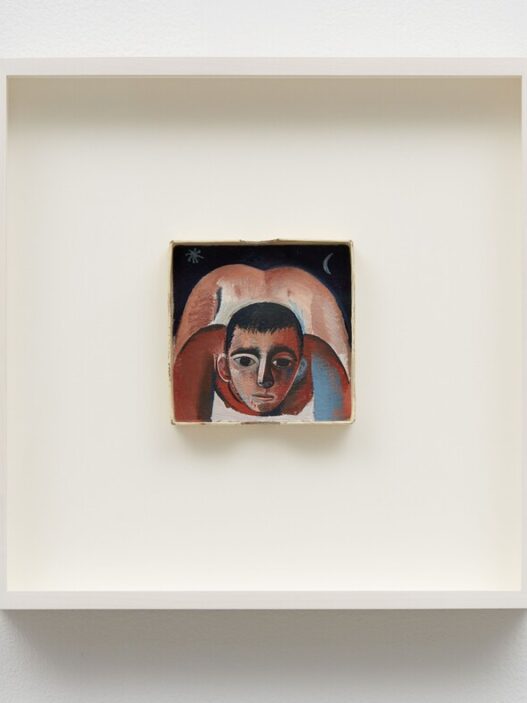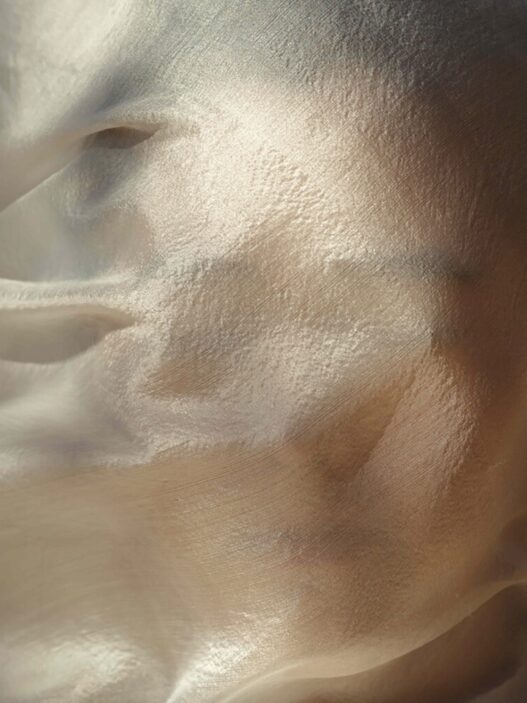Elena Tejada-Herrera and Armando Andrade Tudela
The Continuous Thread Twists and Turns on Itself
15th Gwangju Biennale Pavilion
September 7–December 1, 2024
The 15th Gwangju Biennale, set to run from September 7 to December 1, 2024, will feature a profound exploration of identity in the exhibition “The Continuous Thread Twists and Turns on Itself,” presented by proyectoamil. This exhibition, part of the prestigious Gwangju Biennale Pavilion, showcases the works of two prominent artists, Elena Tejada-Herrera and Armando Andrade Tudela, whose pieces examine the ever-evolving nature of identity in a world marked by social, political, and cultural complexities.
The exhibition’s theme, “The Continuous Thread Twists and Turns on Itself,” serves as a metaphor for the intricate and dynamic nature of identity. The title suggests that while identity might appear as a continuous thread, it is in fact a complex, cyclical, and constantly shifting construct. This concept forms the backbone of the exhibition, guiding viewers through a reflective journey on the fluidity and multiplicity of selfhood.
Central to the exhibition is Armando Andrade Tudela’s video work, Huaco Deforme, which depicts an ancient, deformed ceramic from the Chancay culture rotating on its axis. This piece serves as a visual metaphor for the exhibition’s theme, illustrating how identity, much like the ceramic, is shaped by external forces and internal reflections. Tudela’s work encourages viewers to contemplate how historical narratives and cultural heritage contribute to the formation of identity, while also challenging perceptions of collective memory and heritage.
Tudela’s broader body of work, including the triptych Un pentágono tallado en piedra and La verdad ha cambiado, delves into the intricate relationships between visual storytelling, historical discourse, and the impact of sociopolitical events on identity. These pieces not only showcase Tudela’s mastery in visual montage but also provide a critical commentary on the socio-political landscape of Peru, exploring themes of pedagogy, indoctrination, and violence.
On the other hand, Elena Tejada-Herrera’s contributions to the exhibition offer a poignant examination of socio-political issues through a feminist and intersectional lens. Her work, Las Bambas, addresses the impact of extractive activities on communities, particularly focusing on the experiences of women. Through multimedia displays of fabric-clad figures amidst changing landscapes, Tejada-Herrera highlights the intersection of environmental degradation and gender inequality. Another notable piece, Bomba and the Bataclana in the Belly Dance, challenges patriarchal gender constructions through street performance, celebrating popular cultural expressions and questioning societal norms.
Tejada-Herrera’s work is characterized by its use of humor and poetic imagery to tackle difficult subjects such as gender and social inequalities. Her trans-disciplinary and trans-feminist approach allows her to create works that resonate with a wide audience, offering both a critique of societal norms and a vision for a more equitable future. Her art extends beyond traditional mediums, incorporating soundscapes, videos, and workshops that engage with the audience on multiple levels.
The exhibition unfolds as a kaleidoscopic narrative filled with distortion, psychedelia, and introspection. It encourages viewers to rethink identity not as a fixed concept but as one that is continually revisited and redefined. Just as a thread can create intricate patterns and knots, identity is shaped by various factors that intertwine and interact in complex ways.
The exhibition space itself becomes a nexus of inclusivity, where diverse perspectives converge to offer a nuanced portrayal of contemporary Peruvian identity. Through their works, both Tudela and Tejada-Herrera address themes of systemic repression, racial dynamics, gender constructs, and post-colonial legacies, offering a contemporary consciousness that resonates far beyond the geographical confines of Peru.
By acknowledging identity’s continuous and cyclical nature, “The Continuous Thread Twists and Turns on Itself” invites viewers to embrace the subtle distinctions and contradictions inherent in our sense of self. The exhibition serves as a powerful reminder that identity is not static but a journey marked by exploration, discovery, and transformation.
As the exhibition opens at the Gwangju Biennale, it promises to be a thought-provoking and visually captivating experience, offering new insights into the complexities of identity in a rapidly changing world.
www.proyectoamil.org
gwangjubiennale.org
Instagram / Facebook









